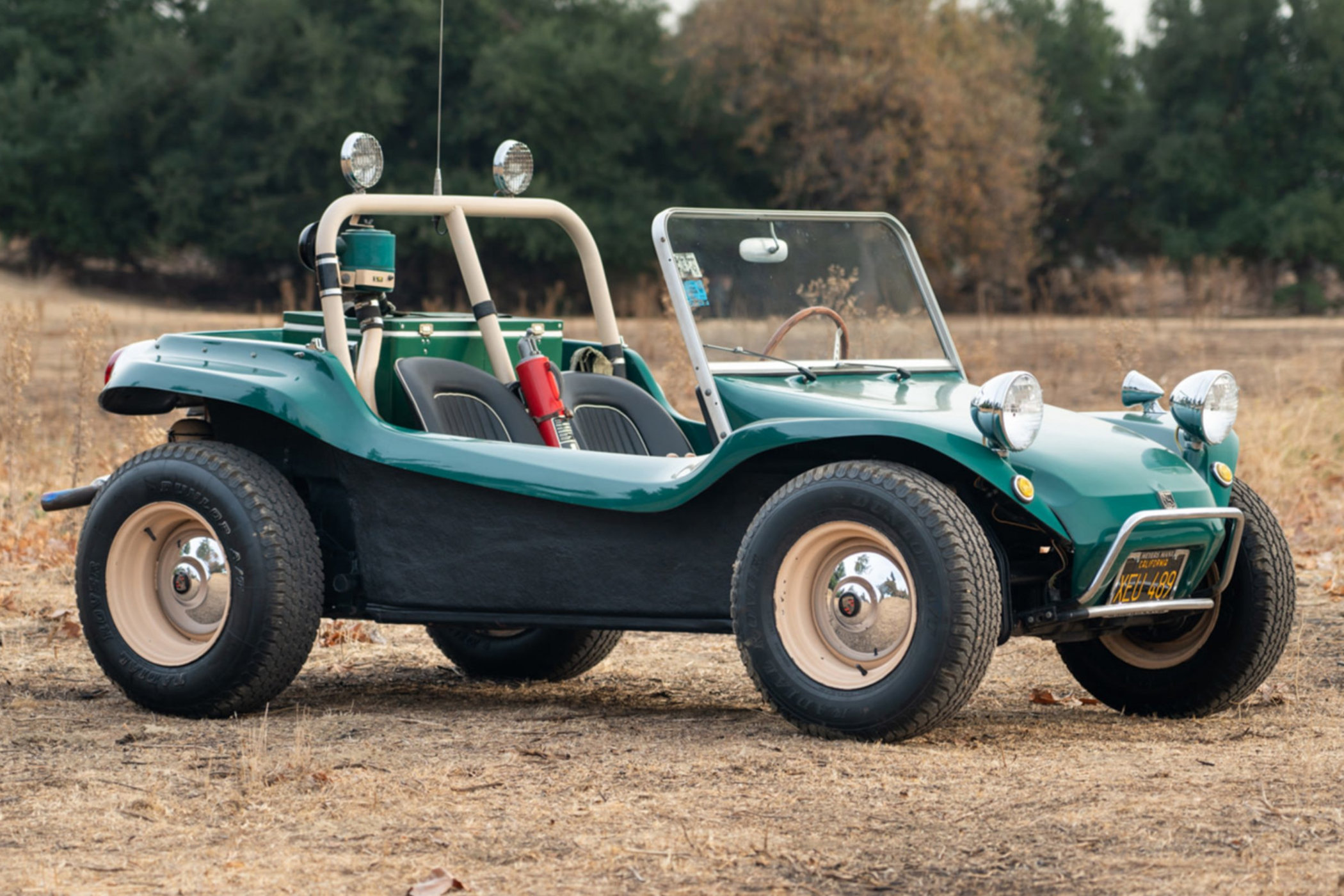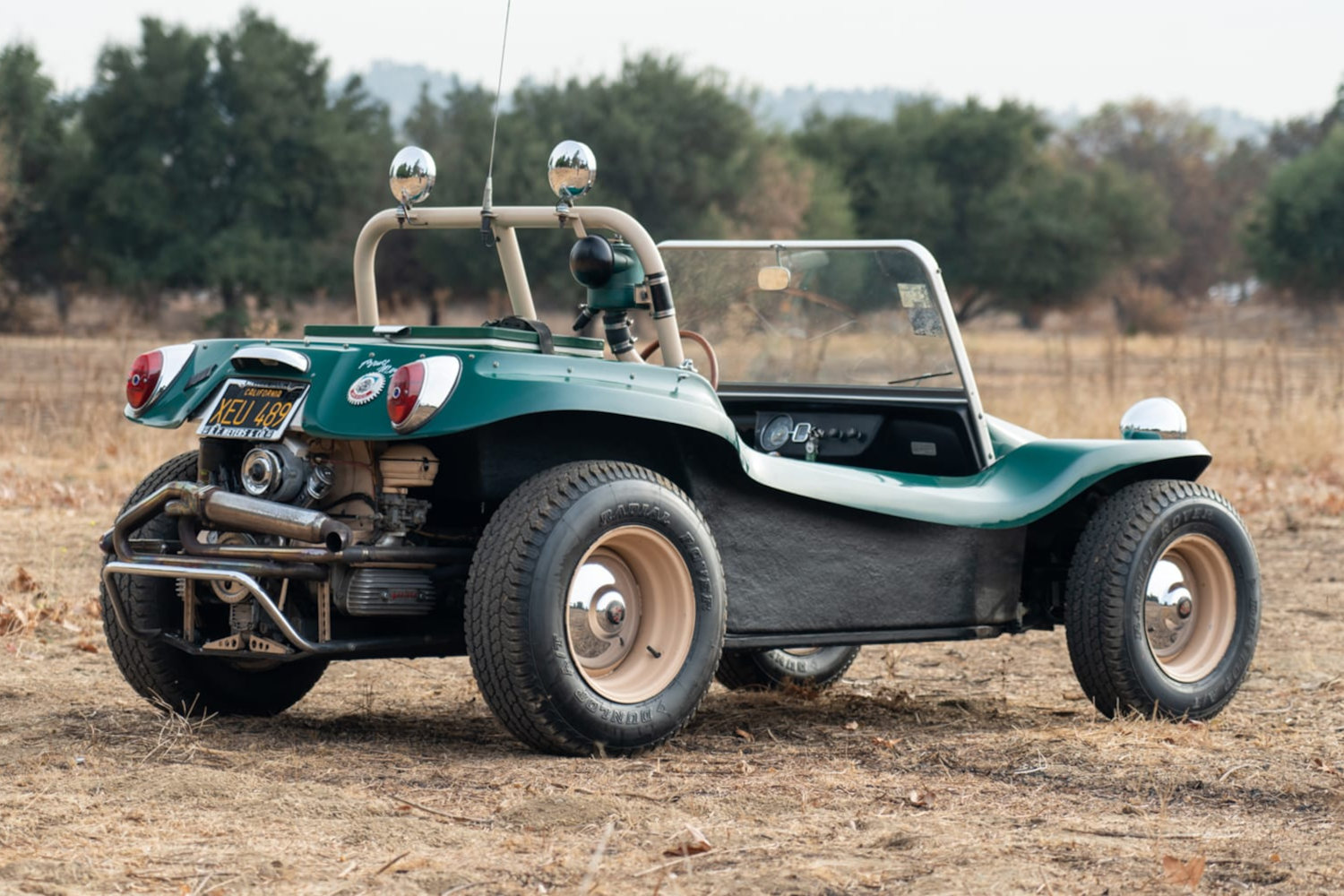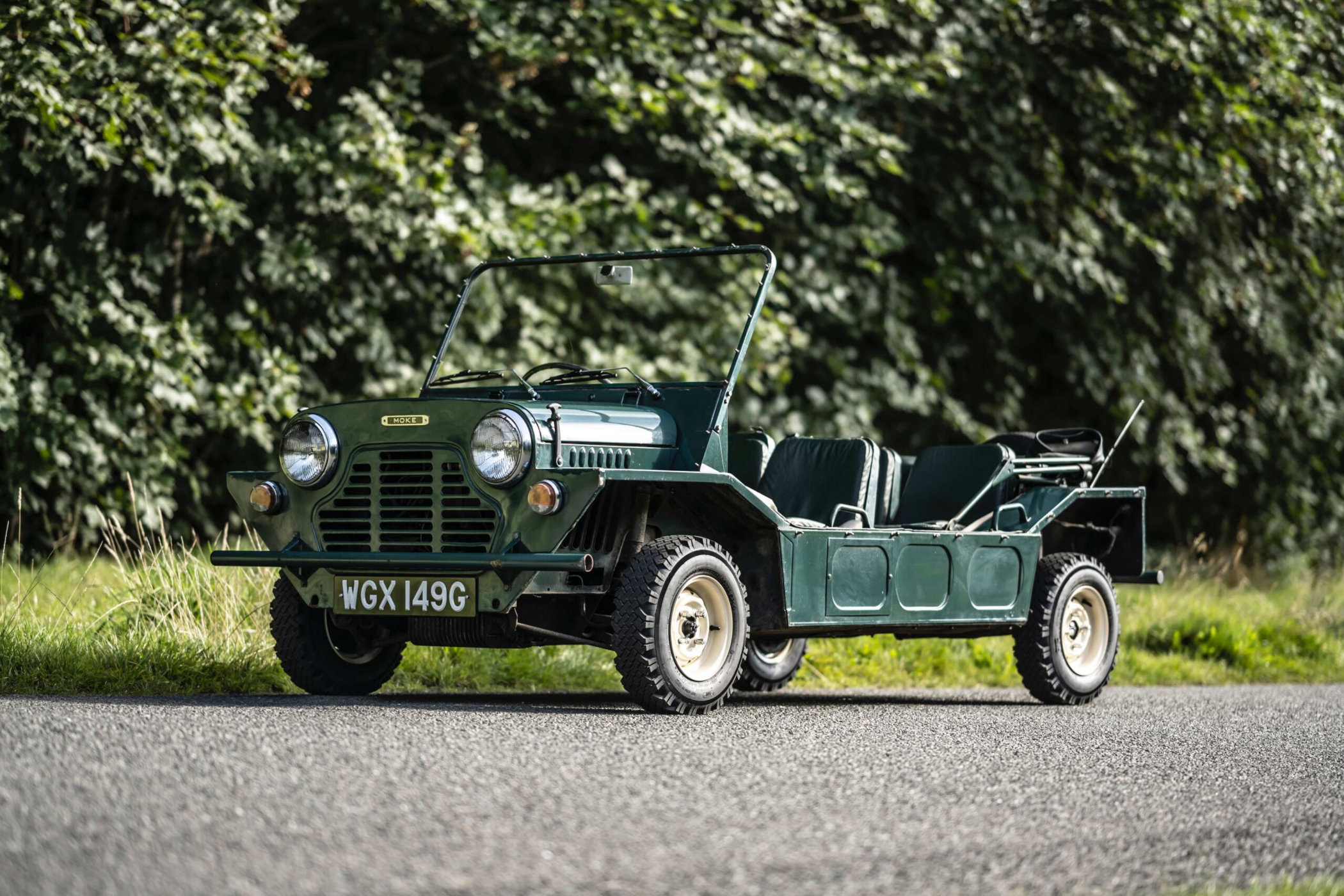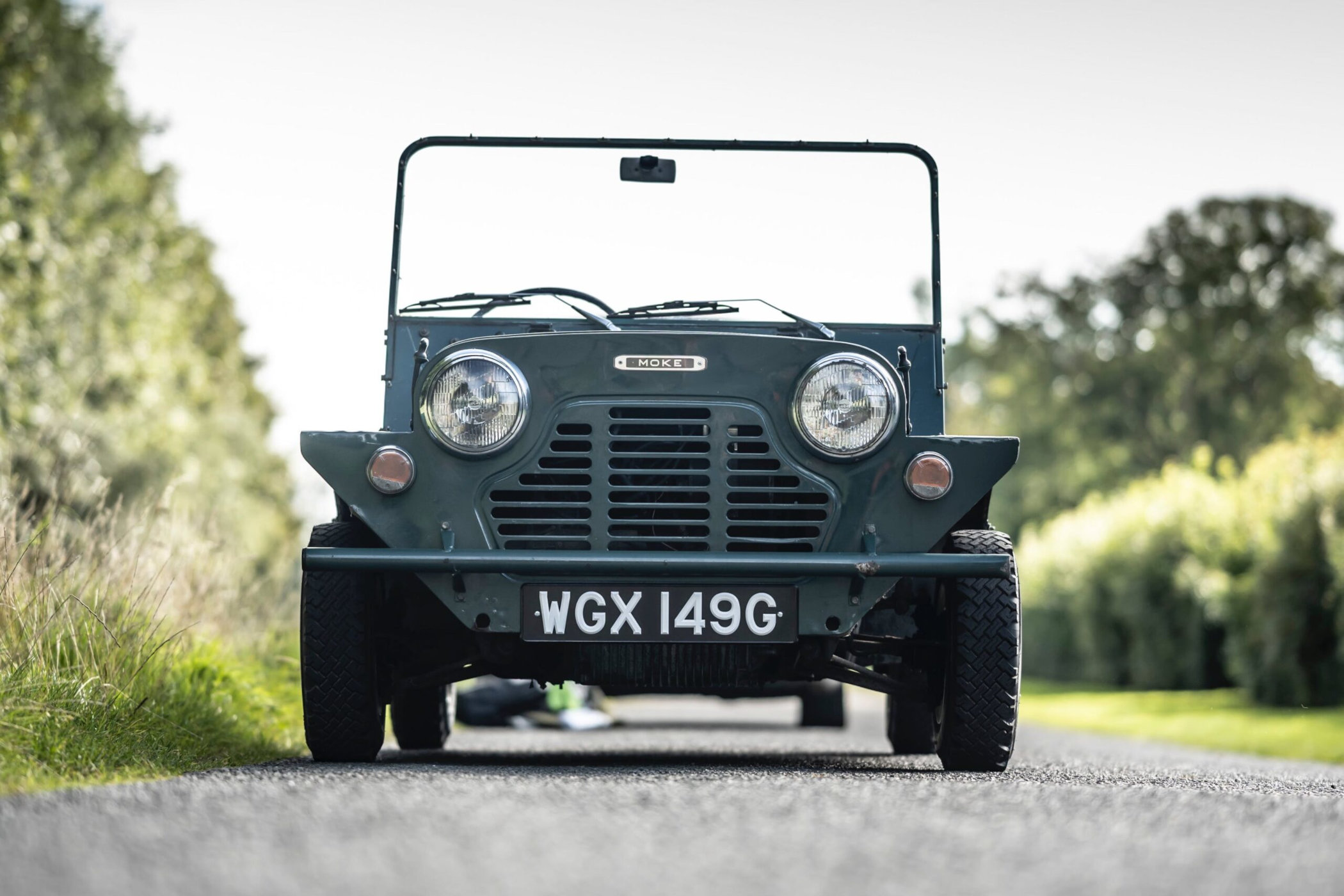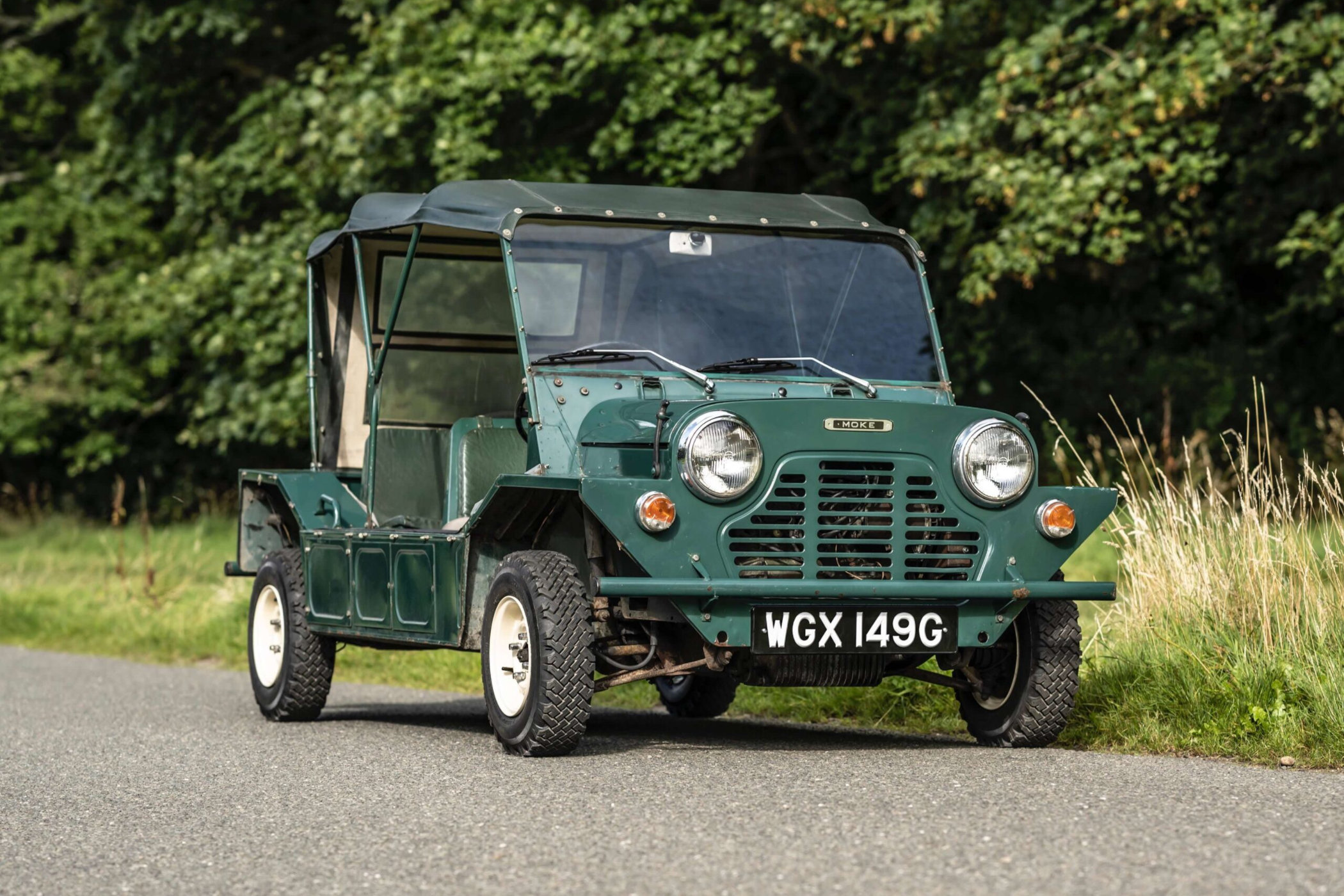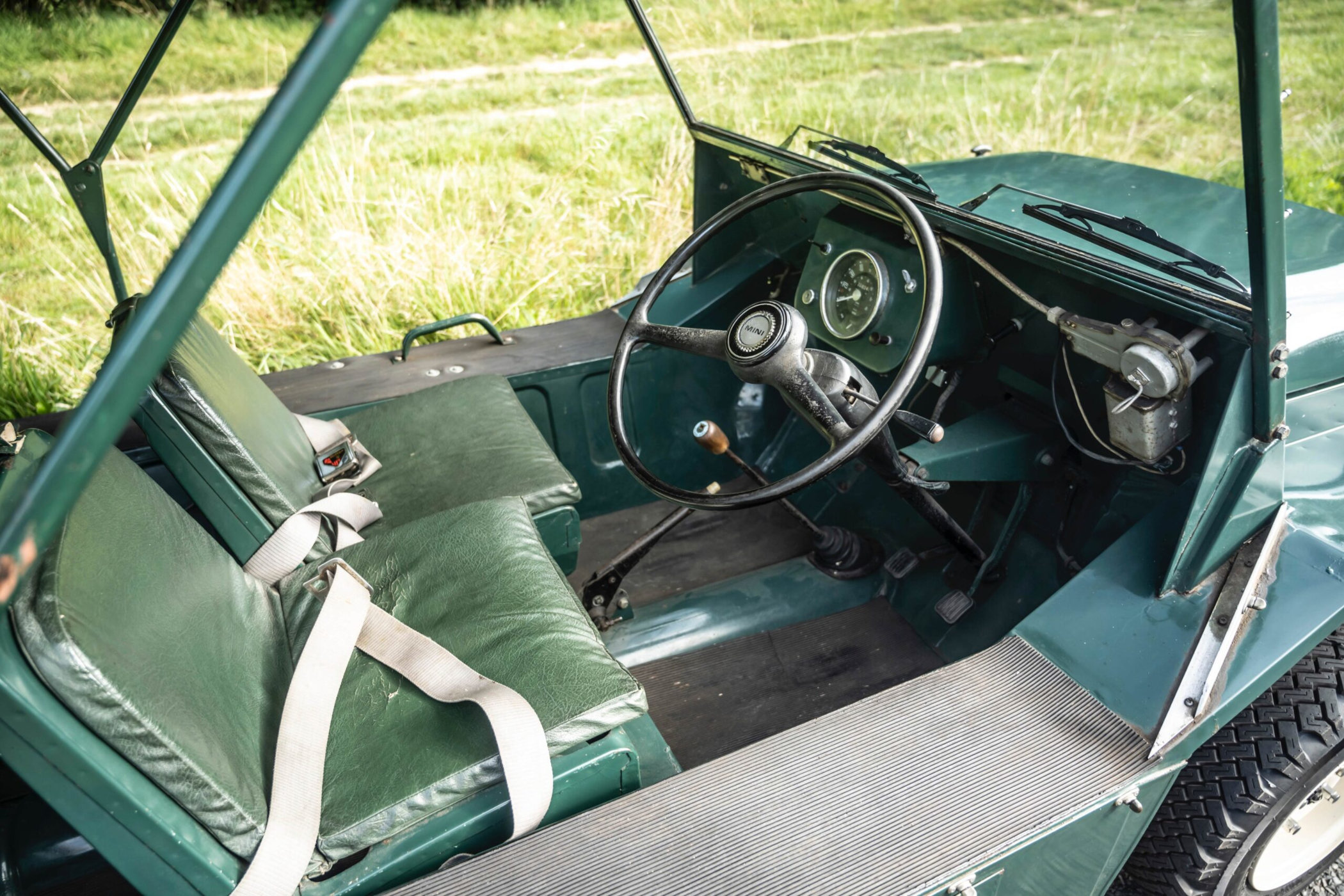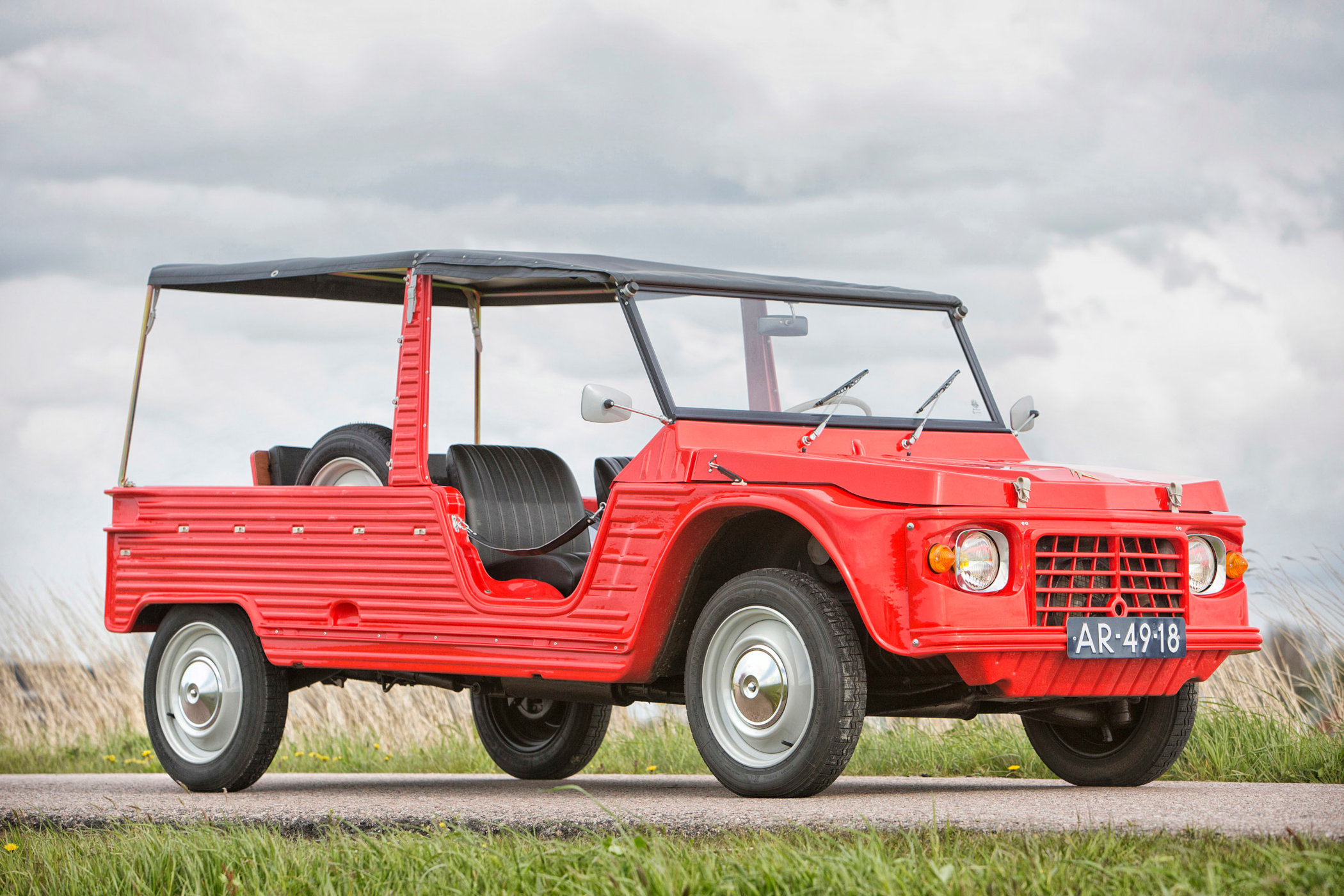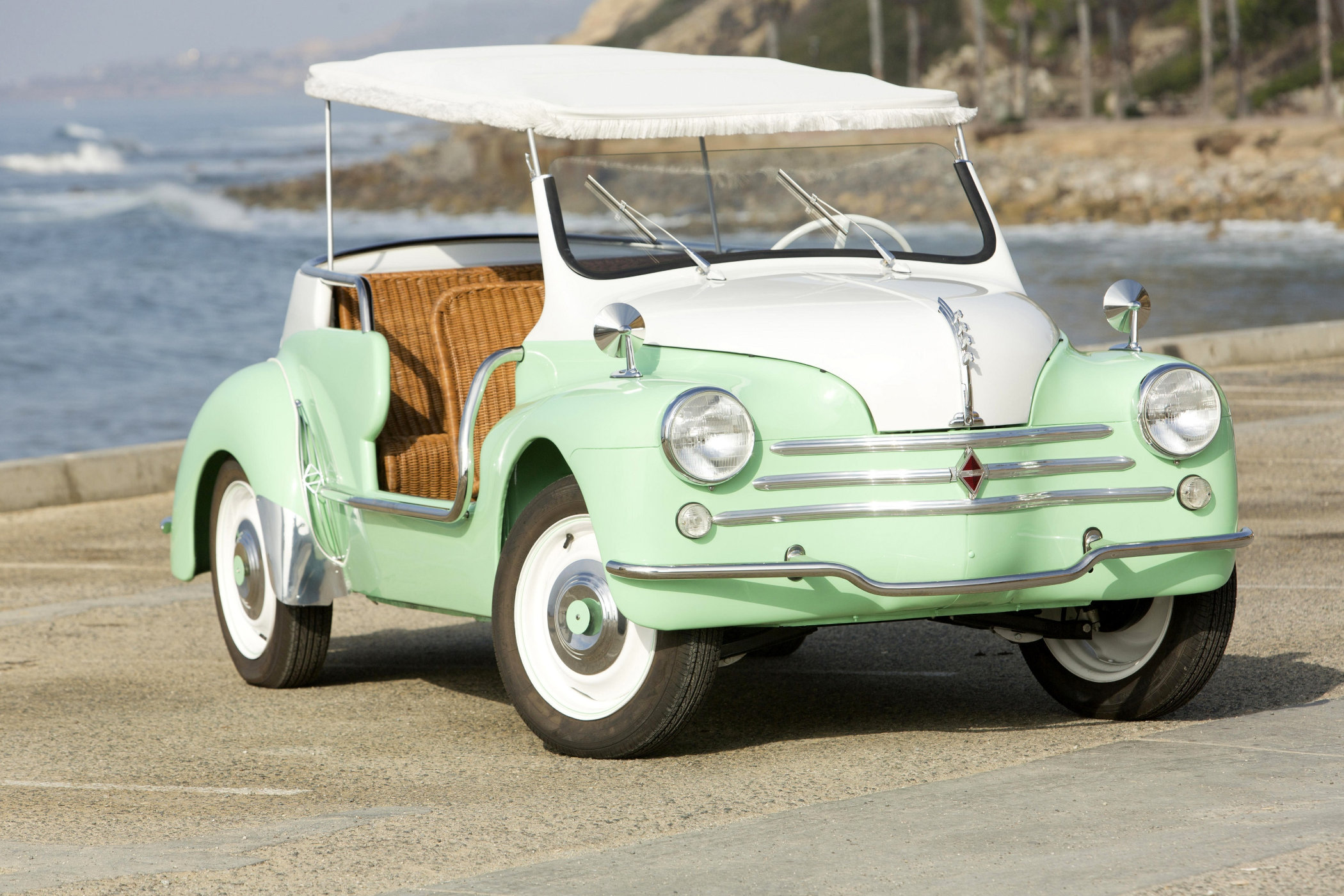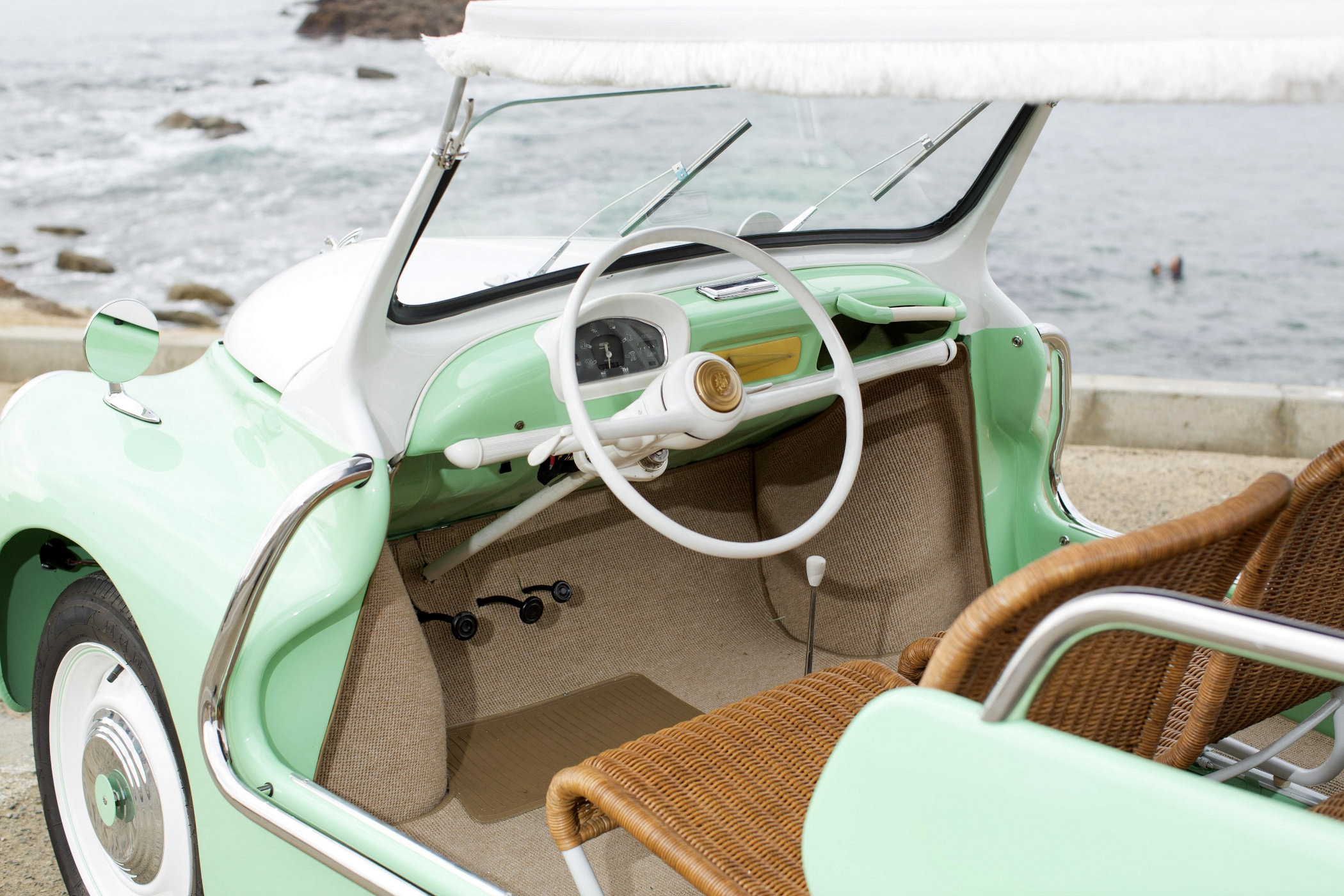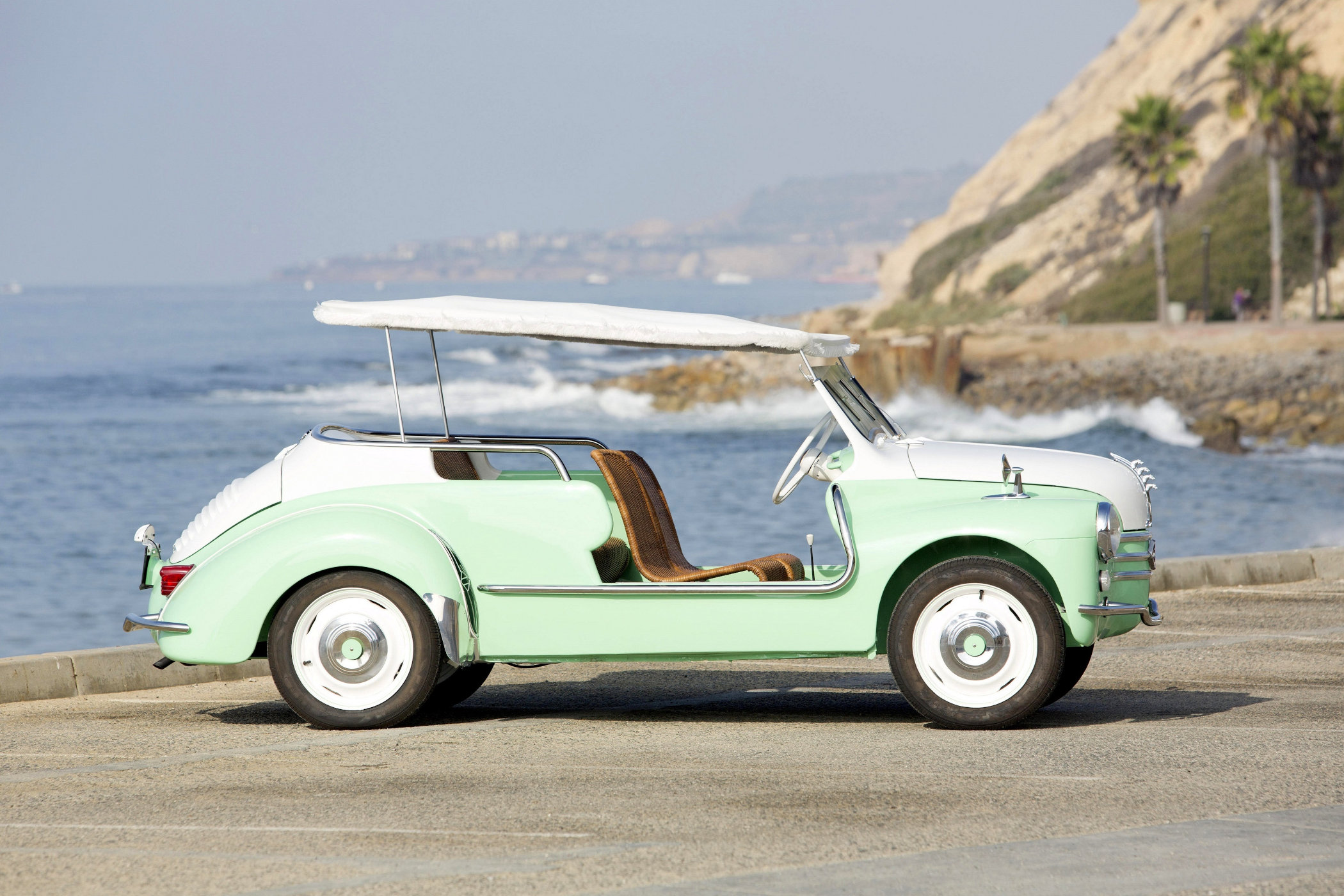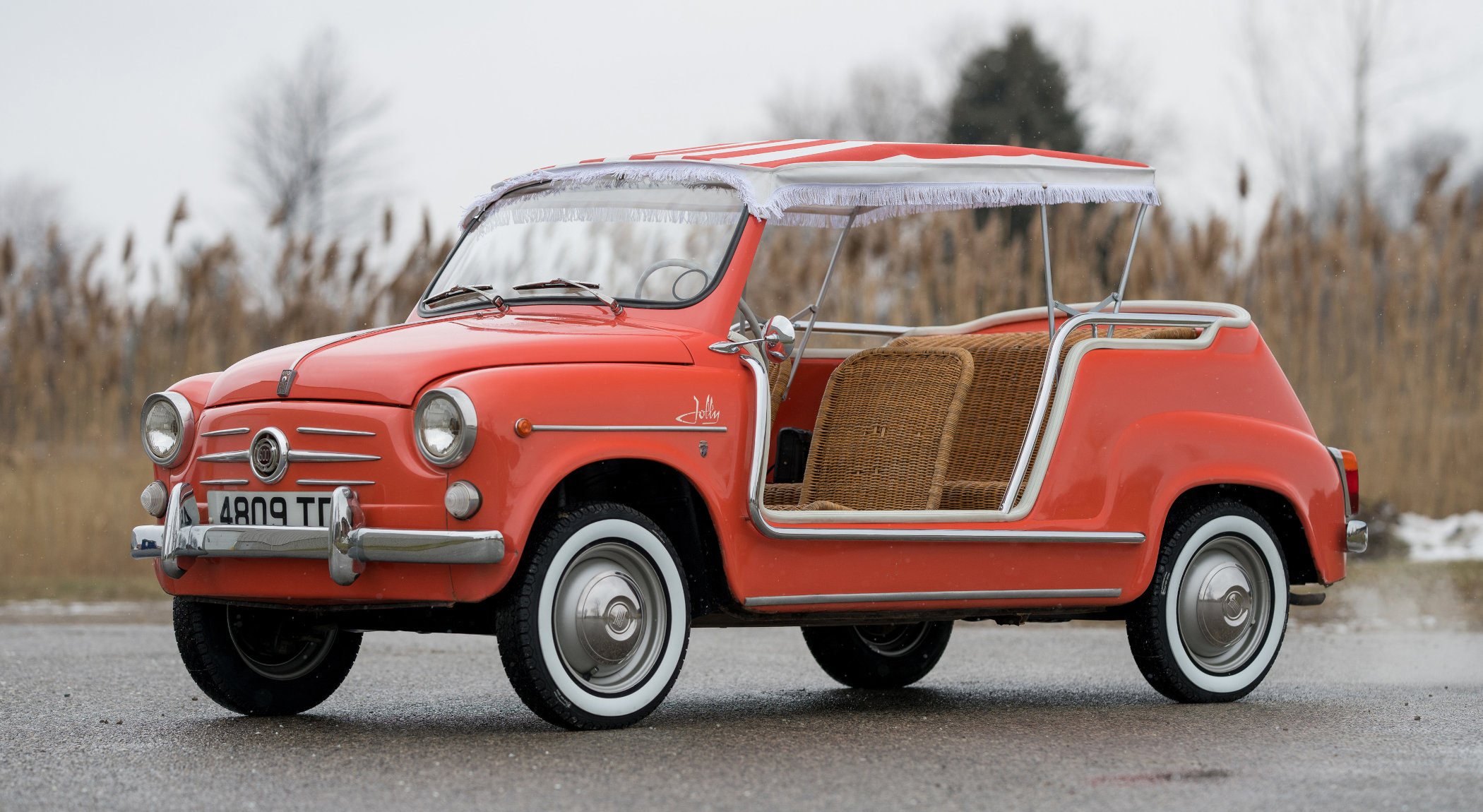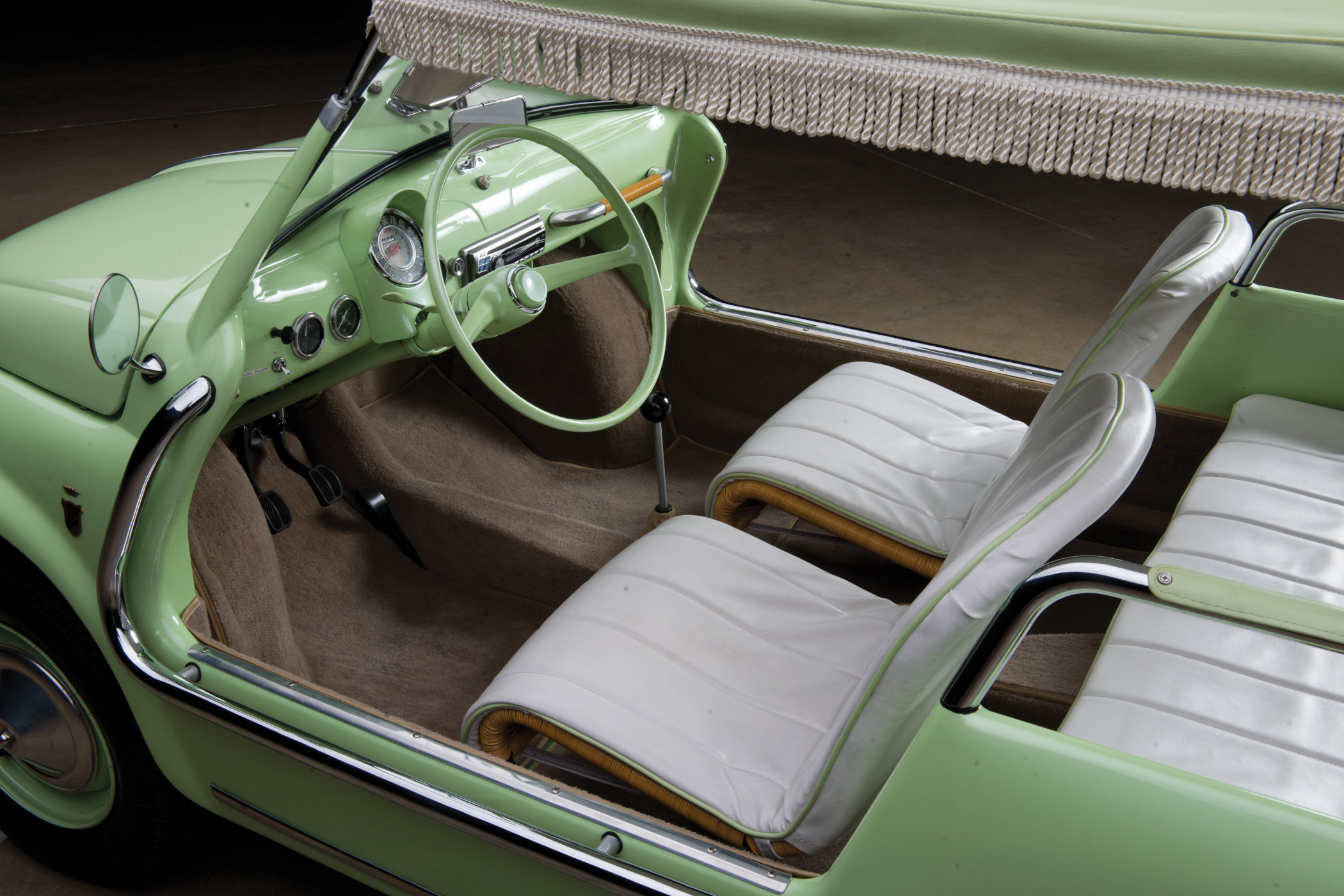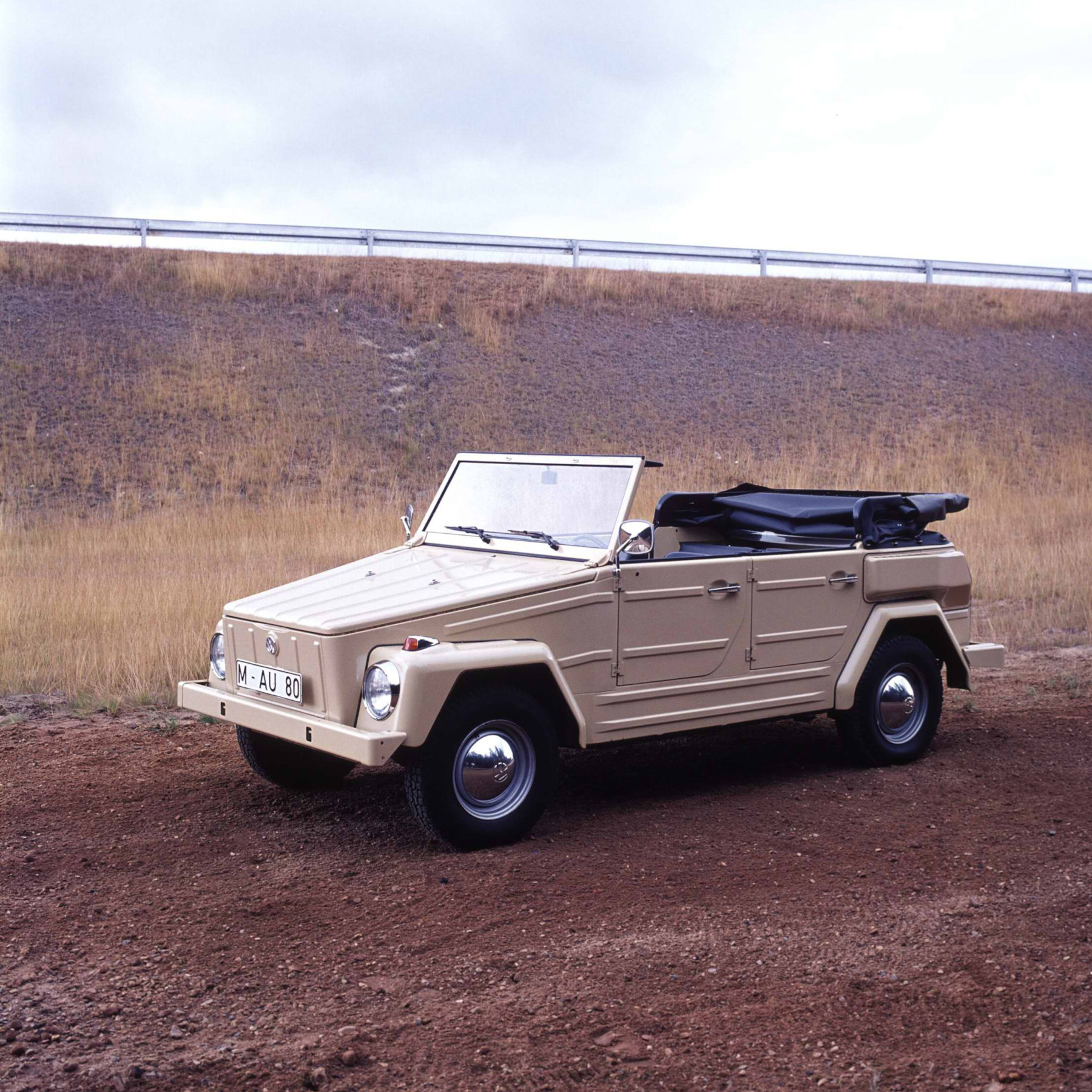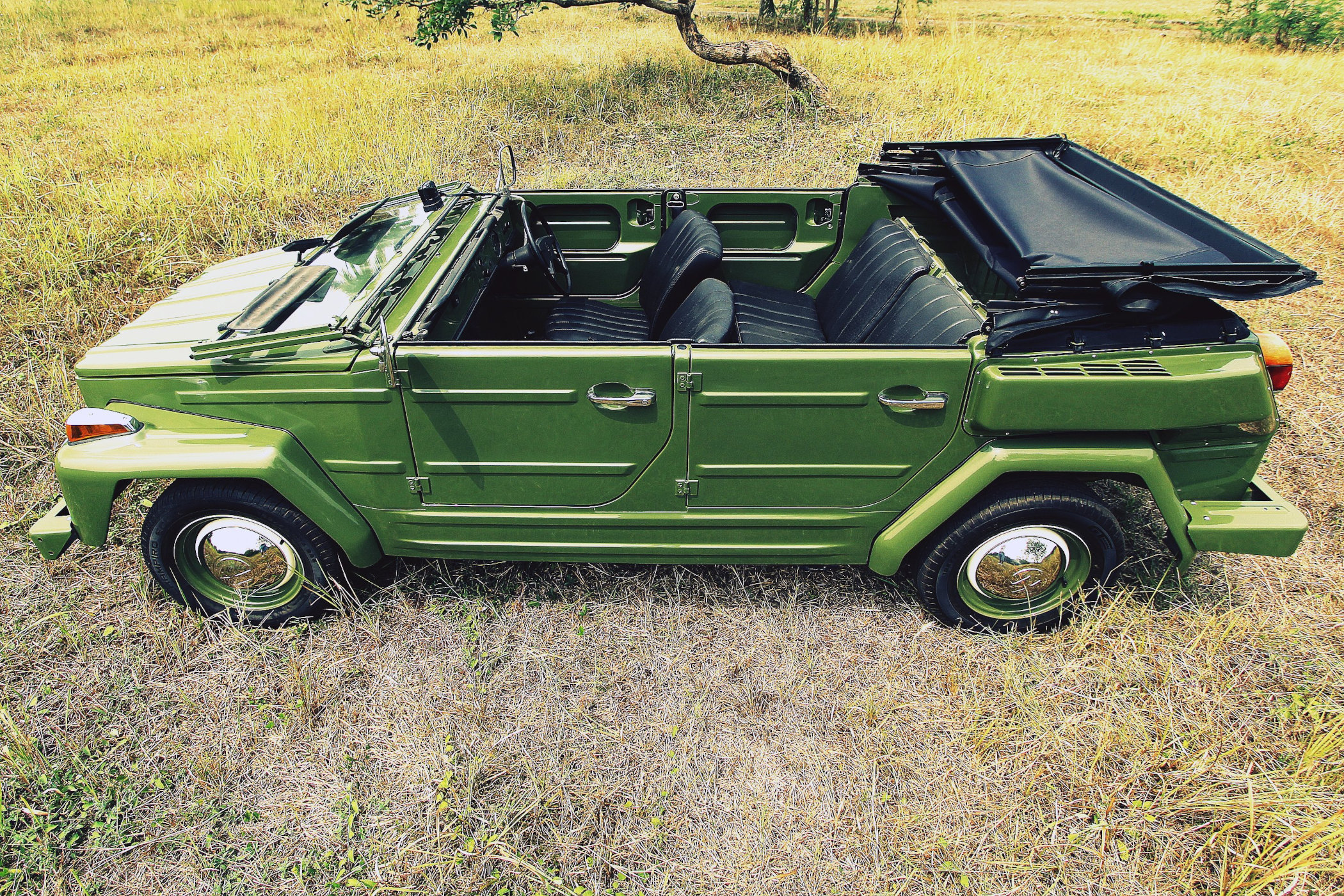From Mini, to Renault or Fiat – The Joy of Beach Cars
As the days get shorter and the nights get colder, we can’t help but long for summer-vibes again
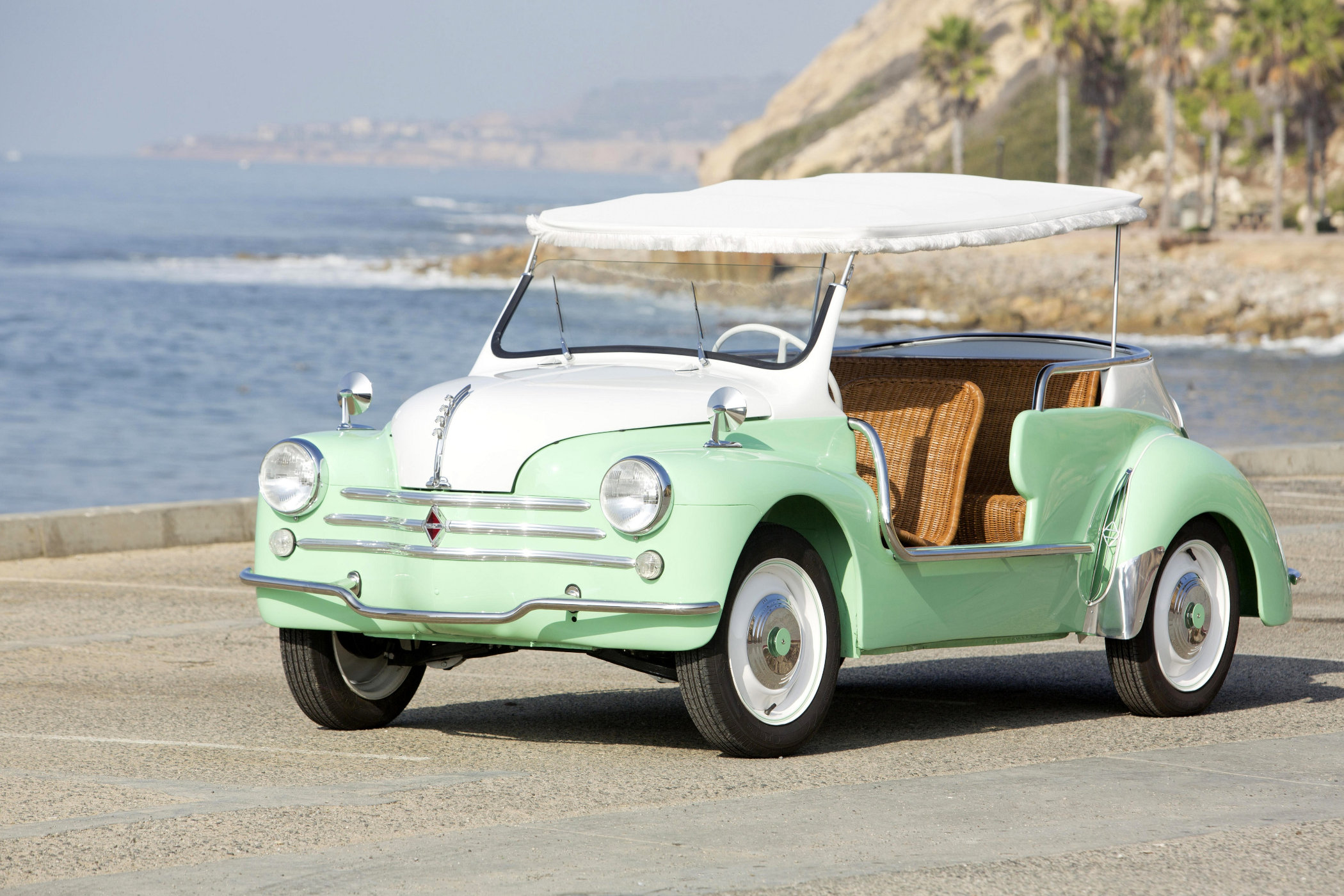
It’s November 20th today, and we’re closing out the year fast. The sun is rising ever later and is setting ever sooner it seems, as winter is setting in (at least in my home country of the Netherlands). Gone are the days of lounging in the backyard with some music, dear friends, a drink or two and just enjoying life. But fear not, we’re heating things up in today’s instalment of the Petrolhead Corner and bringing you summer vibes with a selection of rather unique vehicles known as Beach Cars.
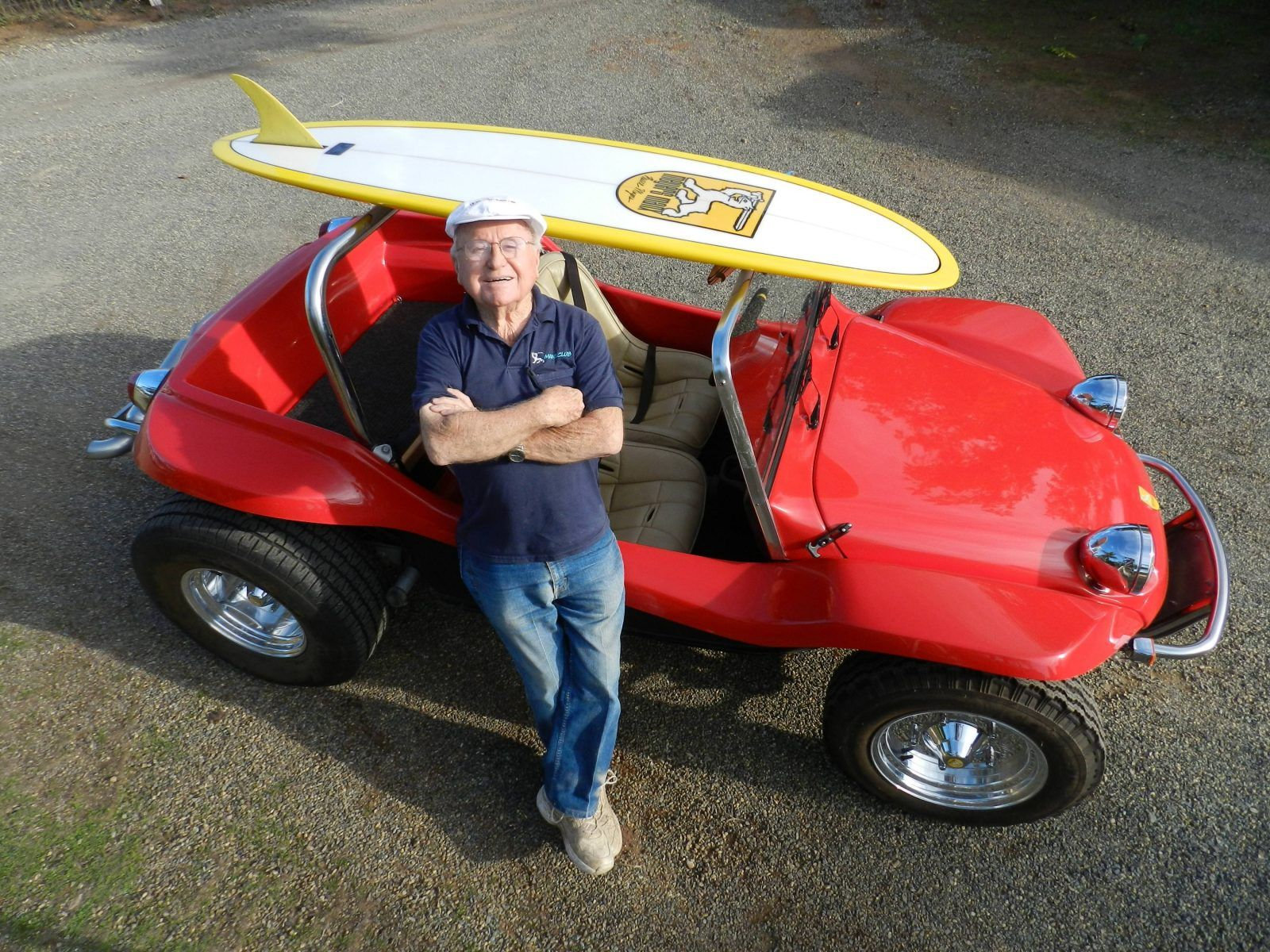
Meyers Manx
The Meyers Manx is perhaps the best known Beach Car ever made, often simply called the Beach Buggy. The story of the Meyers Manx is quite interesting and starts in the 1960s. The concept was created by Bruce F. Meyers, a California-based engineer and artist. Growing up amidst the height of surfing and sailing on America’s west coast, Bruce Meyers set out to construct a fibreglass catamaran following a sailing trip down to the Cook Islands in the Pacific Ocean.

Ditching the initial plan to use the boat to return to the Southern Seas, he ended up selling it. Next to surfing and sailing, he had a love for cars and he combined these passions when he discovered the dune buggy and dune racing. Bruce Meyers set out to build his own version of a dune buggy, using a fibreglass body over a shortened Volkswagen Beetle chassis, which became know as “Old Red”. It rose to fame when it broke the record for the Ensenada to La Paz rally (a 950+ miles run) by almost five hours. This achievement sparked the legendary Baja 1000 rally first held later the same year.
The incredible adventure lead to the development of the Meyers Manx which was put into production as a kit. People could use an existing Volkswagen Beetle chassis and build the kit upon that with only basic skills and tools required. The newly formed company sold numerous thousands of cars but faced legal issues in combating copycats, and a dramatically lost court case pretty much destroyed the Meyers Manx’ future. In the year 2000, the Meyers Manx was resurrected by none other than Bruce Meyers, the one who created the original Meyers Manx. Sadly, Burce Meyers passed away earlier this year at the age of 94. Bruce and his legacy live on thanks to things like this episode of Jay Leno’s Garage, featuring the original Meyers Manx “Old Red”.
Mini Moke
The Mini Moke is another open-top, no-frills lightweight car, originally intended for military purposes. Using the same concept as the original Mini, and being designed by the same men (Sir Alec Issigonis and John Sheppard), it didn’t perform well off-road. The underpowered engines, small wheels and low ground clearance meant it failed as a military vehicle.
Instead, it would be reshaped into a civilian car, as a lightweight low-maintenance recreational vehicle. The design of the car is almost comical, with a small frame and a boxy shape front to back. It could seat four people, however, with easy getting in and out due to the lack of doors (or a roof for that matter). While it failed to reach the status of the original Mini, the Mini Moke did achieve a cult-like status through appearances in movies, TV series and music videos.
During its life, it would be badged as an Austin Mini Moke, Morris Moni Moke, BMC Mini Moke (the military one) or Leyland Mini Moke. In production from 1964 to 1993, about 50,000 cars were produced in the UK (1964-1968), Australia (1966-1981) and Portugal (1980-1993). In recent years electrified Mini Moke copies have been created by Noun’Electric and Moke America LLC.
Images of the Mini Moke you see here are sourced from Silodrome.com
Citroën Mehari
The French have a knack for creating weirdly wonderful stuff when it comes to cars, and Citroën is perhaps the most famous for doing so. It has a stellar record of incredible innovation in cars, like the Traction Avant and 2CV. It is actually said the Mehari is based on the concept of the Mini Moke, but without some of the Mini’s drawbacks.
The Mehari is designed by French World War II fighter ace Count Roland de la Poype, at the time in charge of Citroën-supplier Société d’Etudes et d’Applications des Brevets (SEAB). It uses a Citroën chassis, and engines and other components taken from the 2CV6, Dyana and Ami cars. With independent suspension, reasonable ground clearance and a rust-proof plastic body the Mehari was quite a capable little thing. The French Army purchased over 7,000 of them, something the Mini Moke never managed to accomplish.
Built from 1968 to 1988, with a total production run of about 145,000 cars, the Mehari wasn’t the biggest sales hit but it wasn’t a failure either. Variants with four-wheel drive and even limited editions would be introduced over the 20-year lifespan. And even today, it is one of the cars on this list that has garnered a cult-like following. Prices for restored examples have gone up in recent years, with pristine ones fetching upwards of EUR 20,000
In 2016 Citroën introduced the E-Mehari, an electrically driven Mehari-derived compact off-roader. About 1,000 of these cars are produced, but it fails in comparison to the original concept I think.
Renault 4CV Jolly
The Renault 4CV was intended to get France mobile again following the end of World War II. It was developed in secret under German occupation, with the German general in charge of Renault looking the other way and thus allowing the project to move forward.
Shortly after the war, production began and it quickly became one of France’s most popular cars. Introduced in 1947, it was in continuous production until 1961 when it was replaced by the Renault R4. The Renault 4CV Jolly seemingly started life when Carrozzeria Ghia’s boss, Gig Segre stumbled upon the large, lumpy cars being used as taxis on the islands of Capri and Ischia. This gave him the idea to create a rickshaw-like small vehicle, with that essential Italian flair. The first Jollys were based on Italian Lambretta tricycles, but by 1954 Ghia started altering Renault 4CV’s with the same idea in mind.
The idea is relatively simple, and uses a small, sensible car and turns it into a fabric-topped roadster. The roof was cut off and replaced by an umbrella-like construction. Doors and windows, apart from the front windshield, were removed and wicker seats were installed. They were often painted in bright, pastel colours, such as this minty green example. Later on in life, the Renault 4CV would be joined by Fiat 500 and 600 Jolly cars (more on that in a bit) and Jolly versions of the 4CV’s replacement, the R4.
Images of the Renault 4CV Jolly you see here are sourced from WheelsAge.com
Fiat 500 & 600 Jolly
The Fiat 500 and 600 are perhaps some of the most loved small cars ever made, with a status that rivals the Mini and Volkswagen Beetle. It was originally designed as a cheap form of transportation for the masses, following the Second World War, much like the Renault 4CV did for France. Similar to the Mini and the Beetle, the 500 and 600 gained cult-like status. It became a David to Goliaths as Abarth took it racing, and the rich and famous embraced it as a lovable little car to scoot up and down the Italian riviera.
The factual story of how the Fiat 500 and 600 Jolly came about remains a bit unclear, but the story goes that Fiat boss Gianni Agnelli wanted a car to drive to and from his yacht, and onto it if possible too. He commissioned Carrozzeria Ghia to create his idea of a beach car, and the result is these funky little Jolly cars. The style is pretty much the same as with the Renault 4CV Jolly cars, so a fabric top and no doors and windows apart from the windshield. Again wicker seats were installed to cope with the water, sand and sunshine of life on and around the beach. When it was first built remains unclear, but it was sometime in the second half of the 1950s, and production ran into the early 1970s.
While virtually identical from the outside, the 500 and 600 Jolly cars had different engines. The 600’s engine was a bit bigger and a bit more powerful and in today’s market this command slightly higher prices. You’d be surprised by some of the auction results for pristine Fiat Jolly cars, easily fetching USD 100,000 or more.
Volkswagen Type 181 (a.k.a. The Thing)
Rounding things off is one of the more out-there cars developed by Volkswagen, the Type 181. This is another car that was originally intended as a light military vehicle and has a strong resemblance to the Volkswagen Kübelwagen developed under the Nazi regime during the Second World War. Following its military use, the Volkswagen Type 181 was also converted for civilian purposes and sold in multiple countries throughout the world.
It became known under several names, but the strangest one is perhaps the name it received in the United States; the Thing. It had a very boxy design and used the chassis and engines from other Volkswagen cars like the Karmann Ghia. Despite the utilitarian appearance, it became quite popular as a lightweight, fun outdoor vehicle. It had a foldable soft-top roof, with removable doors and a windshield that could fold down. So basically you can experience the full splendour of the weather at any given moment.
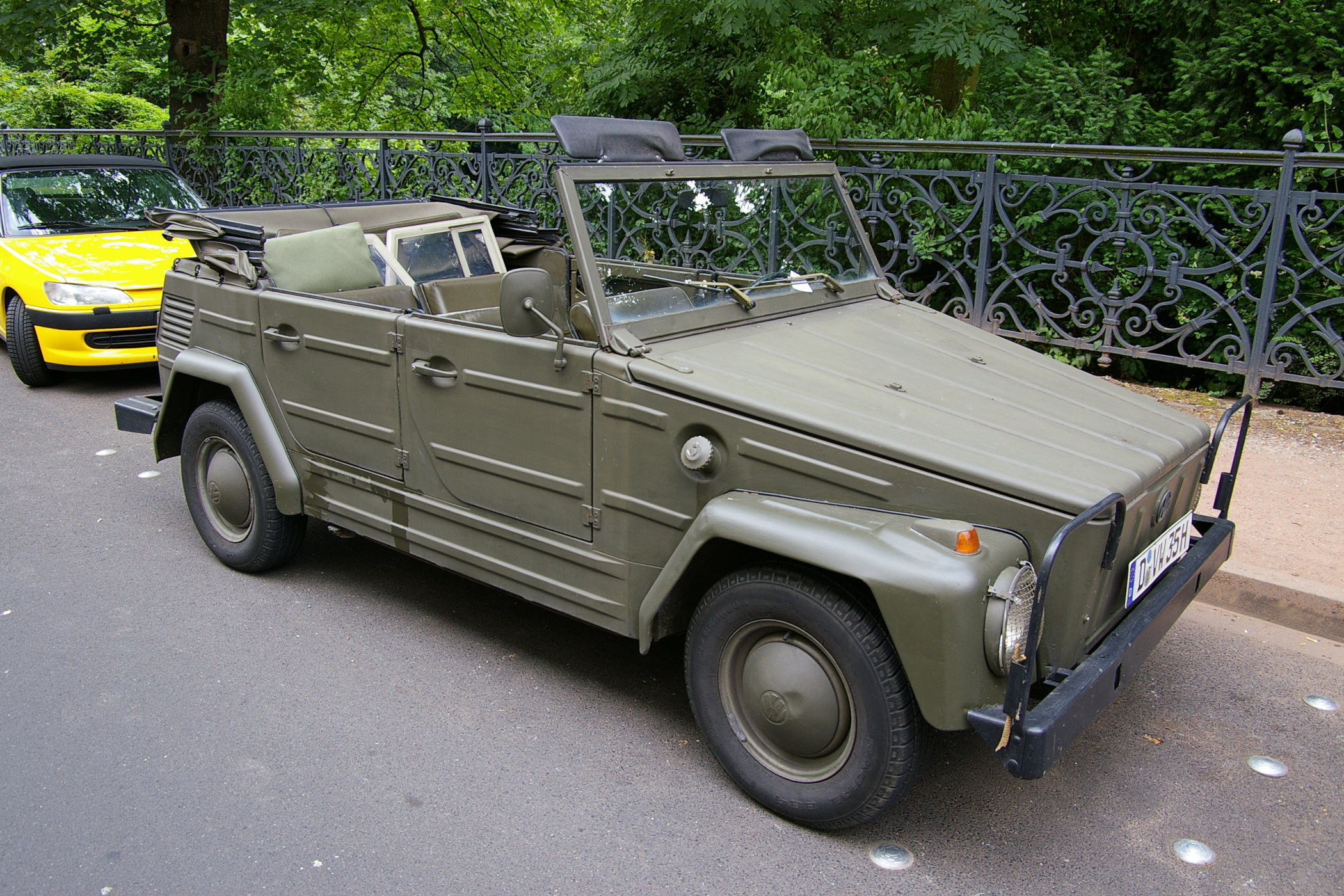
The military version of the Type 181 was introduced in 1968, followed by the civilian version three years later. Production ran until 1983 and a total of about 90,000 cars were built. To this day it remains a bit of an obscure car but has quite a strong following. It’s easily serviced and modified, with even some people converting it into a hot rod (some of which fitted with a Porsche engine for extra power).

